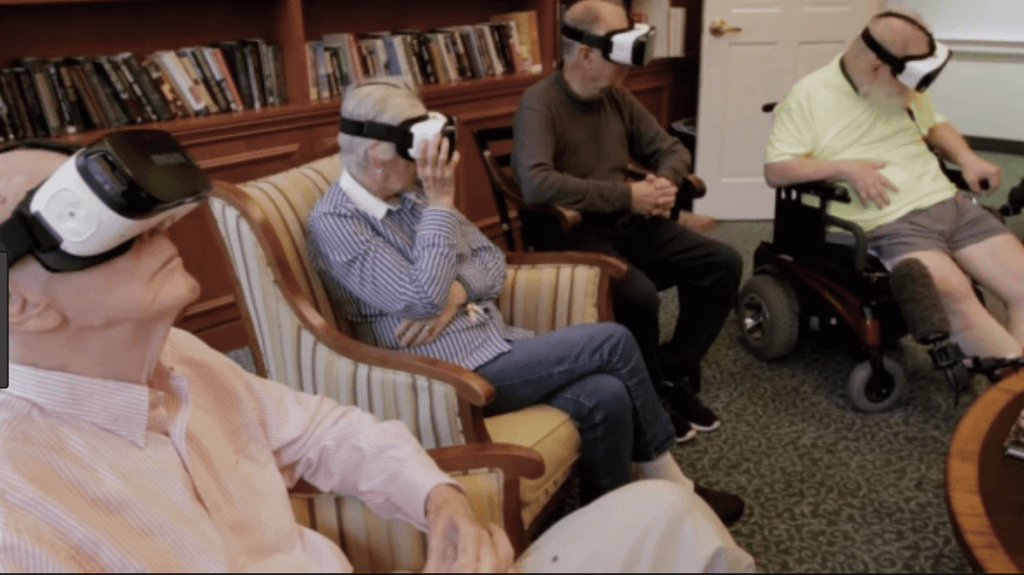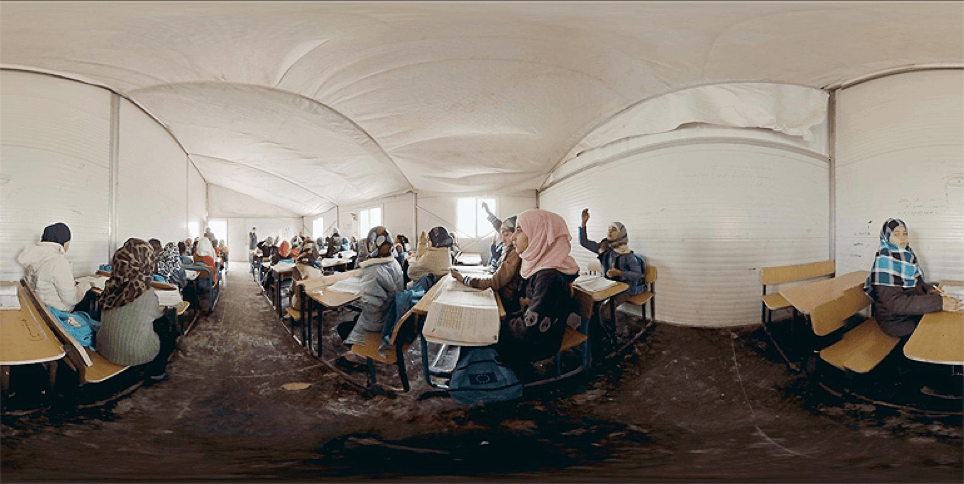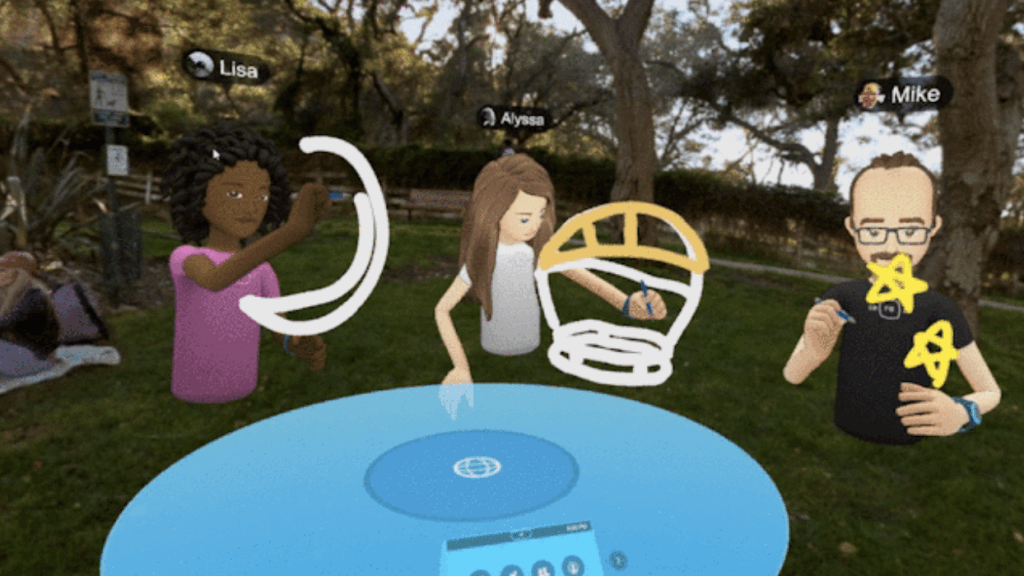Written by Ruby, 2021 Cohort
The rapid development of Virtual Reality (VR) hardware and technology since the 90s has given people more opportunities to access this novel immersive experience. After seeing the possibilities of VR being used in gaming, head-mounted VR devices like the Oculus are also showing tremendous potential in various fields such as medical, military, entertainment, and education. In the field of social communication, some people believe that head-mounted VR devices can help more groups, including introverts or seniors, to communicate and interact better.

Diversely, some may believe people will get addicted to VR in its virtual space and therefore be led to social isolation. On the optimistic side, I consider VR as a novel way of communication, an extension of the senses, and cannot completely replace people’s needs for the outside world.
Chris Milk (2015), an American director and artist, first proposed the concept of the “ultimate empathy machine” in the TED talk “How virtual reality can create the ultimate empathy machine”. The concept of the “ultimate empathy machine” which illustrates how VR as a media could help spectators build emotional connections with others, has prompted discussions between the VR experiencers, scholars, and researchers of media study and related fields (Milk, 2015, 5:30).
As Milk (2015) mentioned in TED, “[Virtual reality] connects humans to other humans in a profound way I’ve never before seen in any other form of media, and it can change people’s perception of each other”. Some people who had VR experiences mention that they can experience the lives of people with disabilities or other races and genders through VR. VR as a powerful media has shown us the potential of the spectator building deeper emotional connection and empathy with people of other races or disabilities. Because the immersion experience of VR can change spectators’ stereotypes or implicit social biases of outgroups through changing the virtual representation of the body.
Changing body representation in the VR experience allows people to experience different bodies in the virtual world. Spectators can experience the lives of people with disabilities or other races and genders through VR. In 2015, Chris Milk worked with the United Nations to create a 360-degree VR film called “Clouds Over Sidra” where spectators can watch the life of a twelve-year-old Syrian girl named Sidra. Spectators will experience 18 months of refugee life as Sidra and live with thousands of other refugees(see Figure 2.).

Communication and interaction in the real world can also occur in the virtual world because VR signifies another way of communication and it can be more flexible and have more possibilities. People can now maintain their voice, facial features, facial expressions, and body movements in virtual space, which far exceeds the interactive options that can be used with a mobile phone or computer. Head-mounted VR devices have been seen as a device that prevents us from socializing since the 60s to 90s. In the earlier developments, head-mounted VR was a device that allowed only one person to participate in the virtual world. Users can only wear such devices to interact with objects in the virtual world. The virtual worlds of users are like parallel universes without intersection. However, with the development of the communal meeting environment, people can communicate and share VR experiences. For instance, Facebook Spaces (See Figure 3.).

The communal space in the virtual world allows people to communicate with others face to face using their voice and facial expression. This means that people can communicate and interact in the virtual world. In addition to the communication and interaction that takes place in reality, VR with a communal space also allows people to do things that cannot be done in everyday life. As Facebook Spaces showed in their official video “Facebook Doubles Down on Social VR with Spaces—Now in Beta!”, people can experience virtual landscapes with their friends, instantly change the 360-degree virtual space around them, and create 3D objects in the virtual environment with their friends.
These ideas have clearly shown us the potential of VR in the future will be unlimited. The empathy and accessibility of VR will play a greater role in other areas, not just social communication.
Resources:
Milk, C. (2015). Transcript of “How virtual reality can create the ultimate empathy machine”. Retrieved from https://www.ted.com/talks / chris_milk_how_virtual_reality_ can_create_the_ultimate_empathy_machine/ transcript
Images:
Figure 3. People using Facebook Spaces drawing 3D objects in the Virtual world. From Facebook Newsroom, 2017, https://newsroom.fb.com/news/2017/04/facebookspaces/.
Figure 2. Senior people using Rendever VR devices to experience VR environment. From Fast Company, 2016, https://www.fastcompany.com/3065863/our-senior-citizens-aresuffering-A-loneliness-epidemic-can-vr-be-the-cure.
Videos:
Oculus. (2017, April 18). Retrieved June 25, 2019, from https://www.youtube.com/watch?v=dr_04PCSDWE